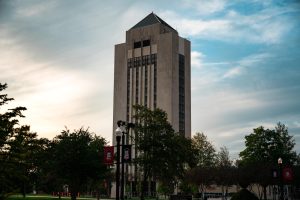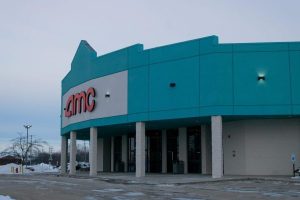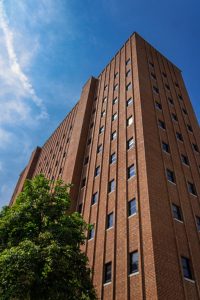Bilingual education benefits expressed
April 4, 1991
Bilingual education helps to mainstream immigrants into American society without creating alienation and feelings of failure, according to two teachers speaking at NIU Wednesday.
“We have people in high school which do not speak English. We have to gradually mainstream them so they’re not alienated,” said Hector Rioseco, a teacher from East Aurora High School.
Rioseco spoke during a lecture at the Holmes Student Center on bilingual education along with his wife Erena Rioseco, a first grade bilingual education teacher at E.M. Rollins Elementary School in Aurora.
The Riosecos were invited to speak at the lecture after the original speakers dropped out of the panel discussion claiming that the lecture was scheduled too late in the night.
“University Resources for Latinos had originally scheduled the lecture for 6 o’clock,” said Yolanda Trevino, coordinator of the program. “However, there was an error on the poster and the lecturers backed out of the discussion.”
Erena Rioseco started the discussion by explaining that it’s easier to learn academics in a first language than in a second language.
“Children develop concepts before they enter school,” Rioseco said. “It’s easier to teach a child in elementary school in his native language.”
Rioseco has spent 10 years working in the bilingual program. She said that she now teaches in a self-contained classroom where the children stay with her.
“I make sure that the children are working at class level so that the students feel like they’re successful. Students never receive grades lower than C’s from a normal teacher,” she said.
Rioseco said that students in her class stay together through kindergarten and first grade. They are slowly mainstreamed into the rest of the school during second grade.
Hector Rioseco said the problem is really present. He said students in high school also have the same problem of being illiterate in English.
“Many students were once seen as retarded by teachers and put aside in the corner of the room, but that’s not the case now,” Rioseco said.
The Riosecos said that Aurora is heavily-populated by Hispanics. Forty percent of the population in Aurora is of Hispanic heritage and East Aurora High School’s Hispanic population is more than 45 percent, Rioseco said.
The Riosecos said it is important for close connections to be maintained between teachers and parents. Sometimes this pathway of communication breaks down because of the language barrier, Hector Rioseco said.
“There’s a lot of need for social work in bilingual education. Guiding parents in how to help their children is important. Connections are lost between parents and students,” Erena Rioseco said.
The lecture was a part of Hispanic Month, which kicked off Monday.






